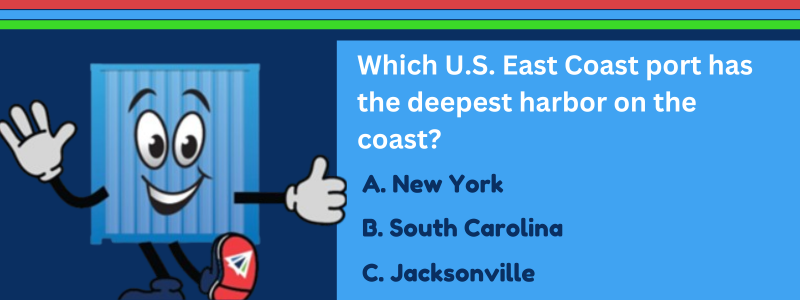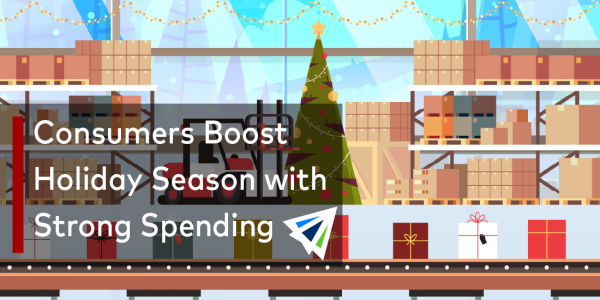Competitive Edge
February 19th, 2025
Stay Current with InterlogUSA
Market Update

— Tariffs:
The President has revealed plans to impose new tariffs on steel and aluminum, as well as possibly other reciprocal tariffs, to “align the tax rates that other countries impose on American imports,” according to Freightwaves. However, these tariffs have yet to be implemented.

— CMA CGM has begun to roll out peak season surcharges on Northern Europe to U.S., Canada and Mexico trade lanes, effective March 1st – per a CMA CGM advisory. The surcharge rates look like they will be on the steeper side – if they stick. Please reach out to us at: support@interlogusa.com if you have any questions.
— Out in Europe some ports (Antwerp, Rotterdam, etc) have experienced congestion issues, which has led to a crunch in capacity.

— The FMC has finalized their review of the new ocean carrier partnership, Premier Alliance (formerly known as THE Alliance), and was officially in effect as of February 9th.
— On February 25th, ILA union members will vote on the new tentative contract that was reached back in early January. The tentative contract includes a 62% pay raise over six years, among other details.
Freight News
India Plans Shipping Expansion with New Container Line
India is planning to launch a new container shipping line called “Bharat Container Line” with the aim of operating around 100 vessels, expanding its maritime trade capabilities and strengthening control over its export-import logistics. Details on when it will be launched have not yet been revealed.
In other trade news… U.S. total goods trade with India was about $129.2 billion last year, per the U.S. Trade Representative. Additionally, last year U.S. goods exported to India reached $41.8 billion, a 3.4% increase ($1.4 billion) compared to 2023. Meanwhile, U.S. goods imported from India in 2024 totaled $87.4 billion, reflecting a 4.5% rise (3.7 billion) from the previous year.
Did You Know? With Johnny Cargo!
What do you think is the answer?
InterlogUSA’s chat bot Johnny Cargo sure is an inquisitive soul. However, he doesn’t just ask about industry-related trivia. Johnny also loves to ask supply chain professionals about their shipping arrangements and which areas can benefit from InterlogUSA’s assistance as an end-to-end freight forwarder.
He works around the clock and is always available for conversation.

Single-Entry Bonds vs. Annual Customs Bonds
Single-Entry Customs Bonds: Most single-entry customs bonds, as implied by the name, are valid for one import. Depending on the monetary value of your imported goods, the single-entry bond will fluctuate in price. The most popular use of single-entry bonds are amongst businesses who import very infrequently, although depending on the commercial value of your cargo and how often you import to the U.S., using a new single-entry bond for each one of your shipments may save you money..
Annual Customs Bonds: are intended for companies who import multiple times throughout the year. Rather than purchasing a new bond every time you import goods, a continuous bond exists to make the importing process less tedious and less expensive (for those who import frequently throughout the year.)
Our team at Interlog USA has helped tons of people decide which option is best for their company. If you would like to have a simple conversation about picking a customs bond, contact us via email at: support@interlogusa.com and we’d be happy to help you out!
Sign up for our
industry answers
Our team works to provide valuable, unique, and relevant content to assist you in finding solutions. Sign up now.

